Echinofossulocactus Caespitosus Cactus seeds pack of 20 seeds
₹199.00
In stock
Echinofossulocactus Caespitosus Description: It is a globular cactus which became elongate when old , even though usually solitary this species is one of the few members of the genus that can put forth basal shoots. It does so as a young plant, becoming sometime densely branched. Stems rather small up to 10 cm in diameter, 10 (20) cm tall with about 27 corrugated, sharp-edged ribs, swollen where the areoles grow. The latter are round and thickly felted around the apex, later becoming almost bare.
Spines: there are 3 major spines on the upper part of the areoles: two are conical and curved upward while the central spine is flattened, yellowish or pinkish , about 2 (4) cm long and 2 (4) mm wide. On the older part of the plant there are four small white radial spines, and sometime another central spine appears below the others, pointing downward; it is curved, flat, and the same length as the upper central spine.
Flowers: 1-2 cm long can be up to 3-4cm in diameter. It has white or pale yellow flowers with pink mid-veins and a greenish base.. The plants known as Stenocactus pentacanthus have long lasting bluish flowers in early spring.
Remarks: S. caespitosus nowadays is not considered a distinct species or variety but only one of the variable phenotypes of the clinal species Stenocactus obvallatus.
Cultivation and Propagation: Easy to to care and flower. It needs regular cacti soil with good drainage, allow to dry between watering. It should not be watered at all in winter.
Propagation: Seeds (usually) or but, since it tillers early, it is simpler to use shoots.
Exposure: It likes strong sunshine but is tolerant and do well with light shade during the hot Summer months.
Frost Tolerance: does not tolerate intense or prolonged cold (hardy to -5°C if kept dry)
Be the first to review “Echinofossulocactus Caespitosus Cactus seeds pack of 20 seeds” Cancel reply
You must be logged in to post a review.
Related products
cactus and succulent seeds
cactus and succulent seeds
Astrophytum Taryo Kabuto 11-13 Rib Seeds rare Cactus Seeds Pack of 8 seeds
cactus and succulent seeds
cactus and succulent seeds
cactus and succulent seeds
cactus and succulent seeds
Gymnocalycium Capillaense Seeds rare Cactus Seeds Pack of 20 seeds


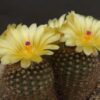
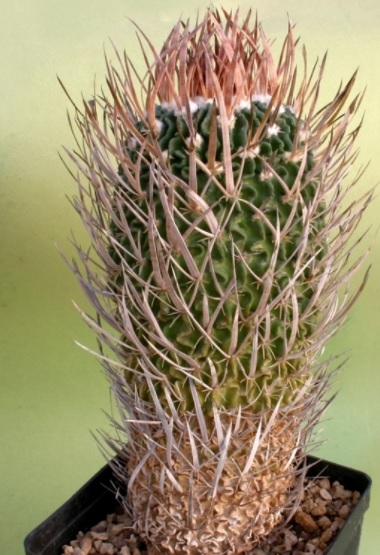
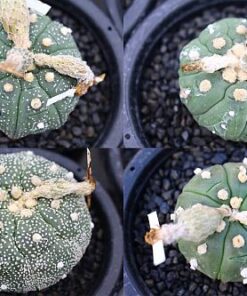
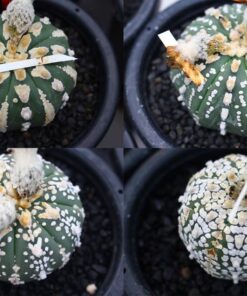
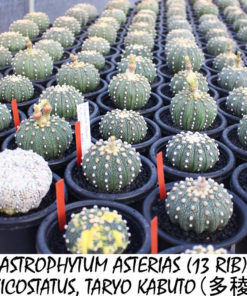
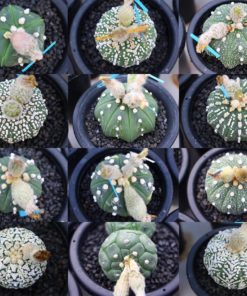
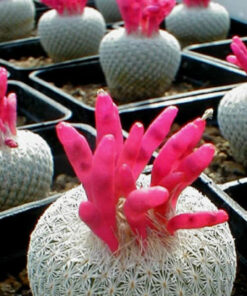
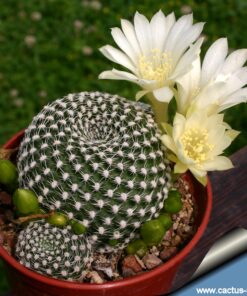

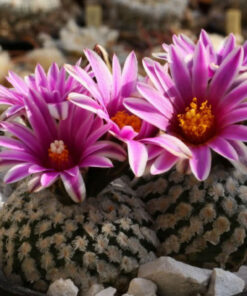
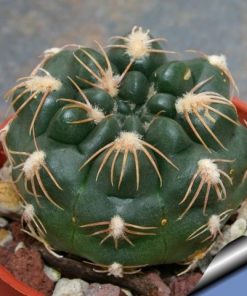
Reviews
There are no reviews yet.